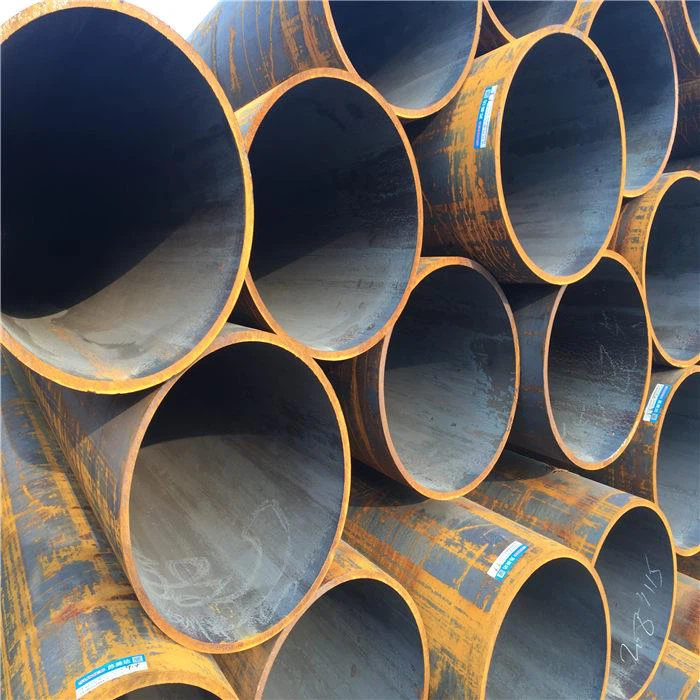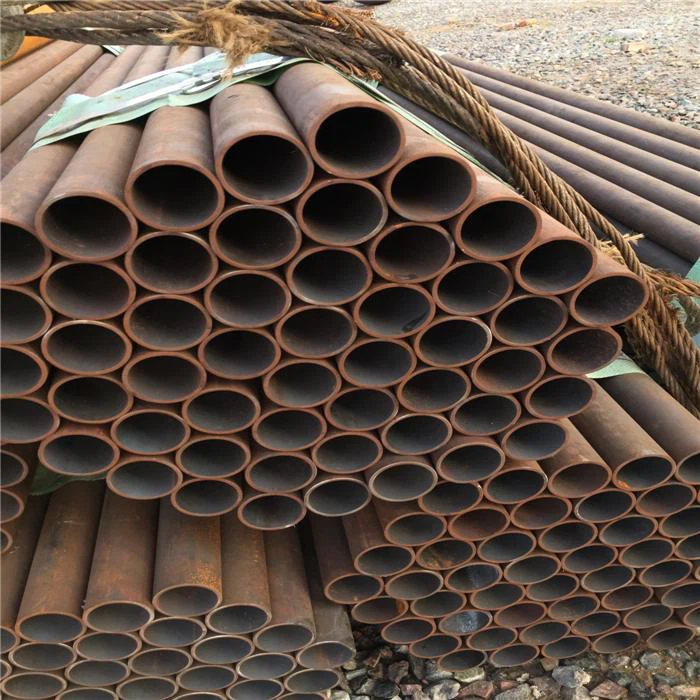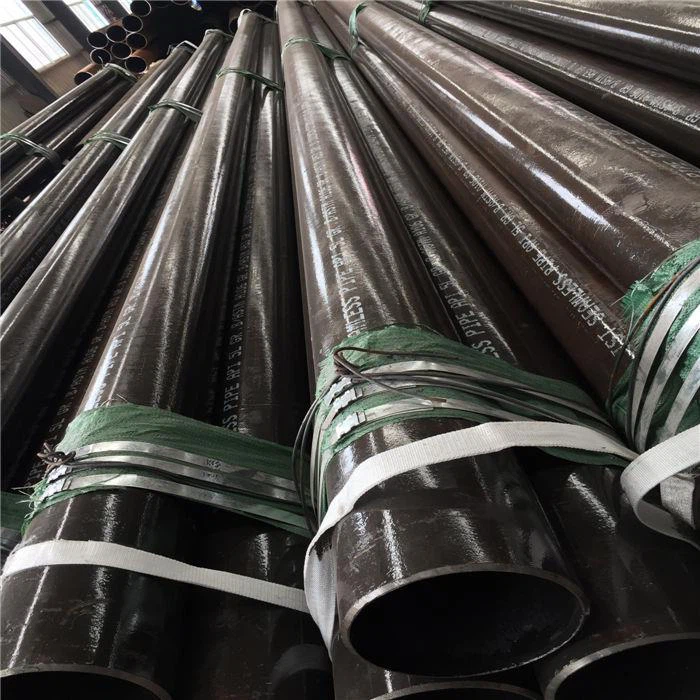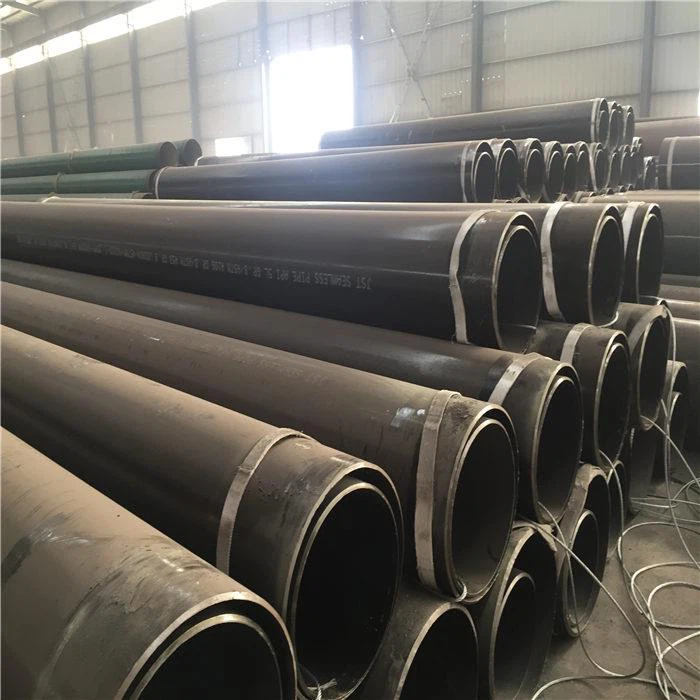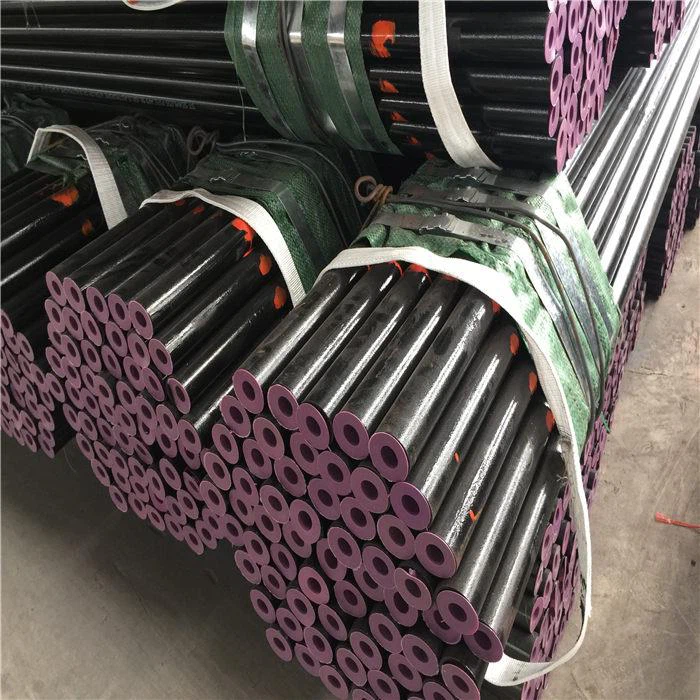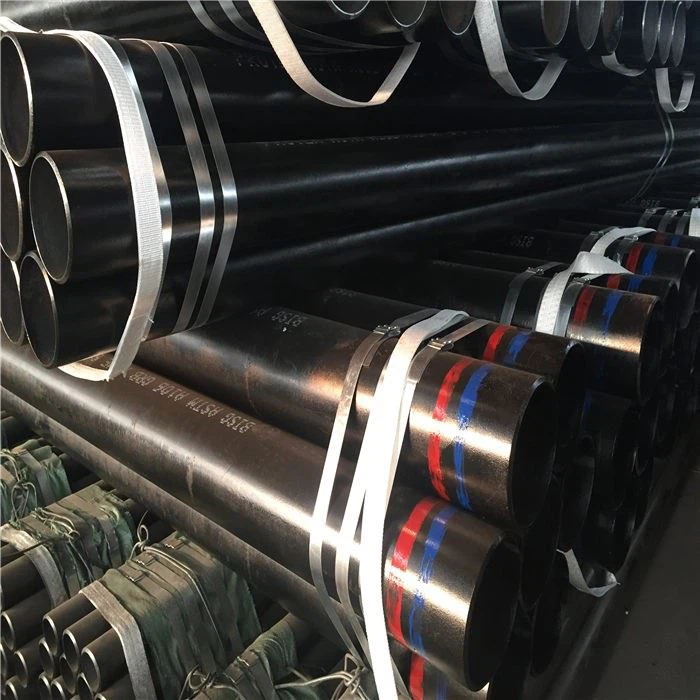What Are The Effects Of Titanium Alloy Welding Performance
The weld and heat affected zone have high temperature after welding, and the cooling speed is very fast under the influence of the surrounding base metal. Therefore, titanium and titanium alloys after fusion welding, it is easy to produce martensite A ', A ", quenching ω phase and metastable β equal metastable structure. In alloys with low content of β -stable elements, the large acicular martensite structure reduces plasticity. The quenching ω meeting of the alloy with more β -stable element content results in weld embrittlement. These metastable structures also adversely affect the welding performance. This effect can be reduced or even eliminated by adopting reasonable welding specification and post-welding heat treatment system.
The composition of the alloy has a great influence on the welding performance. When welding with high content of β -stabilizing elements, the reduction of the ductility of the weld compared to the base metal is generally more drastic than that with low content of β -stabilizing elements. With the increase of their strengthening ability, the more serious the reduction of plasticity, welding performance is reduced. In general, the weldability of a-type titanium alloy is good, but the tendency of porosity and cold crack is large. The weldability of a+β titanium alloy is poor, and becomes better with the decrease of β stable element content. Thermostable β titanium alloy has better comprehensive properties without heat treatment after welding. The plasticity of heat treatable β alloy decreases sharply after aging, so it is difficult to obtain good comprehensive properties.
To sum up, in order to obtain high-quality welded joints in titanium and titanium alloys, the following points must be paid attention to:
(1) Strictly control harmful impurities in base material and welding material (including filler material and anaerobic flux), especially the content of hydrogen, oxygen, nitrogen, carbon and other gap elements. Before welding to the workpiece and welding materials, equipment for strict cleaning;
(2) with high purity inert gas, oxygen free flux or vacuum conditions to protect the weld and heat affected zone, so that it is not contaminated by gas in the welding and cooling;
(3) Use welding specifications with low line energy as far as possible to reduce the tendency of metal overheating; To adjust the microstructure and mechanical properties of weld and heat-affected zone, appropriate post-weld heat treatment system should be selected for different alloys.


